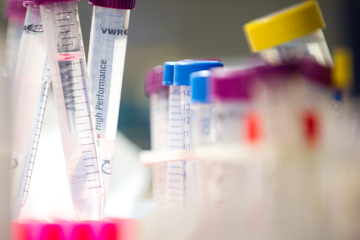Project grant
Pseudoislets as a model system to study beta cell dysfunction in diabetes

At a glance
Completed
Award date
May 2008 - June 2011
Grant amount
£387,722
Principal investigator
Professor Peter Jones
Co-investigator(s)
Institute
King's College London
R
- Replacement
Read the abstract
View the grant profile on GtR
